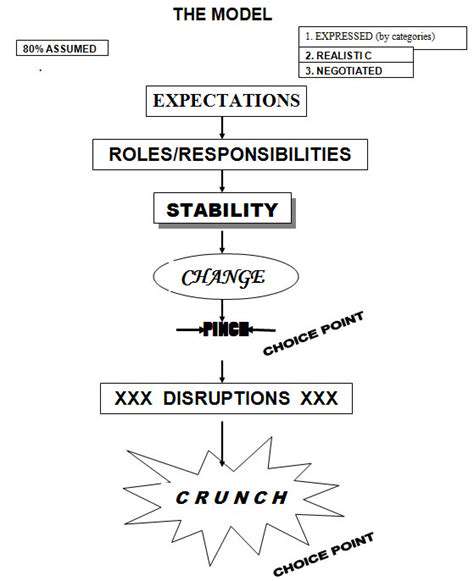Preparing for your first day with a new puppy
Puppy-Proofing Your Home
Get down to puppy eye level to spot hazards: loose wires, toxic plants, or small objects they might swallow. Use baby gates to restrict access to unsafe areas until they’re trained. Bitter apple spray deters chewing on furniture legs, while cord protectors safeguard electronics. Store medications and cleaners in high cabinets—some dogs can open childproof lids!
Training and Socialization
Socialization isn’t just about meeting other dogs. Expose your puppy to varied surfaces (grass, tile, gravel), sounds (vacuum, doorbells), and experiences (car rides, elevators) during their critical 8-16 week period. Keep sessions short and positive—end on a high note before they get overwhelmed.
Feeding and Health
Consult your vet about portion sizes—overfeeding puppies can lead to joint issues. Measure meals instead of free-feeding to monitor intake. Keep a health journal tracking vaccinations, deworming, and any reactions to help your vet spot patterns.

Measure your space before choosing pet furniture to ensure proper fit.
Introducing Your Puppy to the Family and Existing Pets
Introducing Your Puppy to the Family
New puppies need quiet introductions to avoid overwhelm. Have family members sit on the floor and let the puppy approach at their own pace—no grabbing or loud noises. Assign one person to handle feeding/training initially for consistency, then gradually involve others.
Initial Interactions with Existing Pets
First meetings should be on neutral territory, like a park or friend’s yard. Keep dogs leashed but loose enough to move naturally. Watch for stiff body language or intense staring—these signal tension. If either animal seems stressed, separate them and try again later.
Positive Reinforcement Training
Reward calm behavior around other pets with high-value treats. Practice “look at me” commands to redirect focus from potential triggers. Never punish growling—it’s a warning signal that prevents bites. Instead, remove the stressor causing the reaction.
Safe Introduction Techniques
Swap bedding between pets before face-to-face meetings so they acclimate to each other’s scent. Feed them on opposite sides of a closed door, gradually moving bowls closer. This creates positive associations with each other’s presence.
Supervised Interactions
Keep initial play sessions short (5-10 minutes) and end while everyone’s still happy. Provide separate water bowls and toys to prevent resource guarding. Always have an escape route—like a baby gate—where either pet can retreat.
Managing Potential Conflicts
Learn canine body language: a wagging tail doesn’t always mean happiness (fast, stiff wags can signal agitation). Yawning, lip-licking, or turning away are stress signs. If tensions rise, distract with a loud noise (keys jingling) rather than physically intervening.
Long-Term Adjustment & Bonding
Some pets bond immediately; others take months. Don’t force interactions—parallel activities (walking together, separate chew toys in the same room) build comfort. Celebrate small wins, like peaceful coexistence in the same space.
Managing Expectations and Building a Strong Bond

Setting Realistic Goals
Puppies don’t mature overnight. House training can take 4-6 months, and some breeds remain energetic for years. Track progress weekly—fewer accidents or longer focus during training sessions show improvement, even if it’s not perfect yet.
Open Communication and Feedback
If multiple people care for the pet, maintain a shared log for feeding times, bathroom breaks, and behavior notes. This prevents overfeeding or missed training opportunities. Consistency across all handlers accelerates learning.
Proactive Risk Management
Prepare for common puppy scenarios: have enzymatic cleaner for accidents, a pet first-aid kit, and your vet’s emergency number saved. Practice “drop it” commands early to prevent swallowing hazards.
Adaptability and Flexibility
Every pet has unique quirks. If a training method isn’t working after two weeks, try a different approach. Some dogs respond better to clicker training, others to hand signals or verbal praise. Success comes from adapting to your pet’s learning style, not forcing yours.